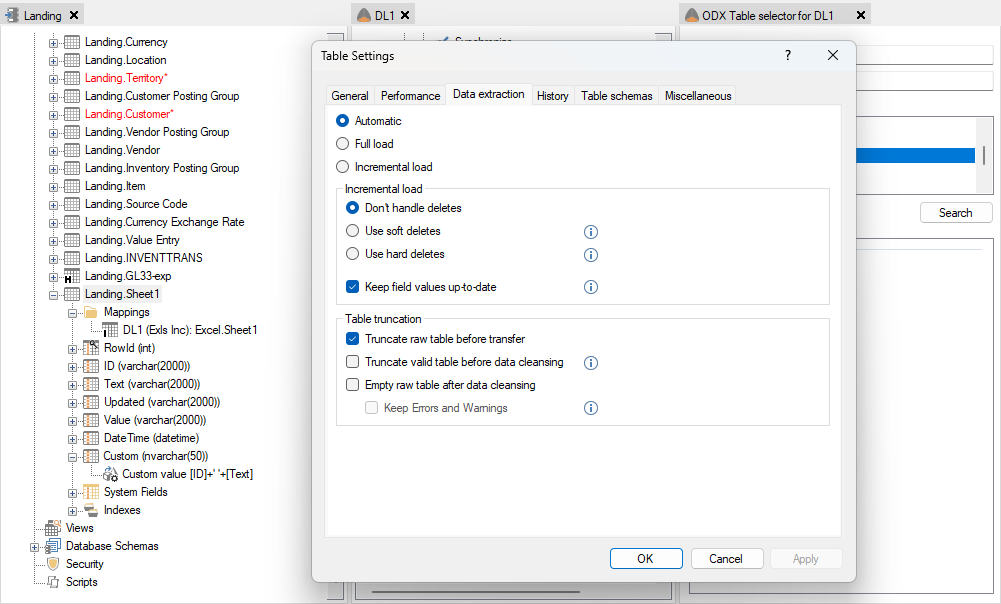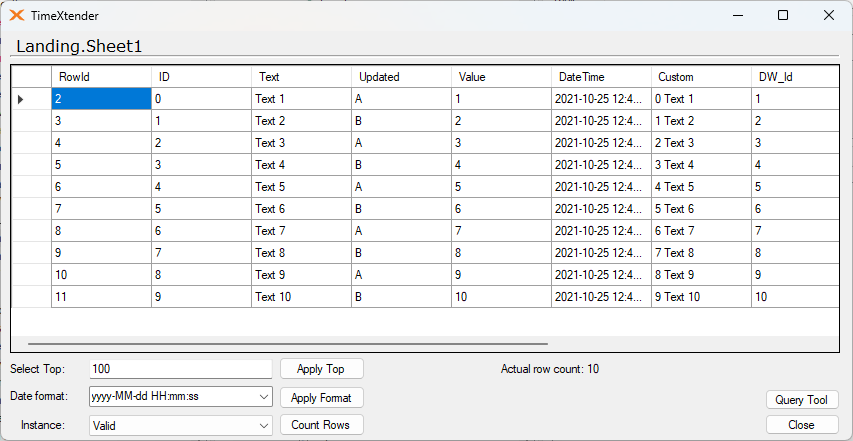When you add tables to a DWH data area (from an Azure Data Lake backed ODX) and subsequently perform a Deploy & Execute, data is loaded normally as expected. In this example I am adding AW2014's Person.Person and Sales.SalesPerson tables. I subsequently want to add a field where I add a transformation to generate the full name for a person (Firstname + ' ’ + Lastname). When I add this field with the transformation and perform a Deploy & Execute, the field is not populated.
The reason for this is probably the same reason under: https://legacysupport.timextender.com/hc/en-us/requests/25792
I would expect changes to ETL to trigger a full reload without needing to either change the Table Settings > Data Extraction > Full Load or perform a cumbersome full reload through D&E > Review tasks.
Given that this issue seems generic and not only limited to Historiy tables, it is probably a good idea to solve this generally as well.









